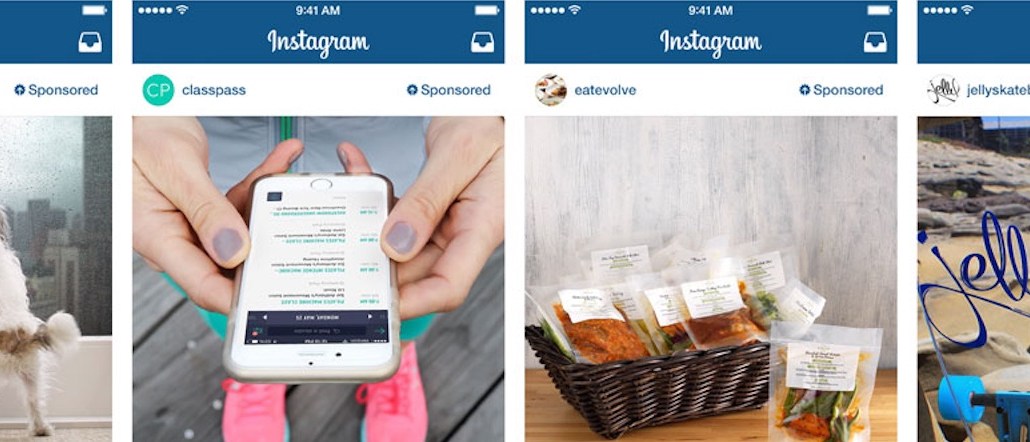Longer Instagram videos mean more opportunity — and more work — for agencies

Instagram is out there just to make things hard for brands. The platform, fresh from announcing an impending algorithm that everyone is freaking out a lot of people, is now planning to extend the length of videos from 15 seconds to 60 seconds.
Brands and agencies are meeting the news with mixed emotions. On one hand it will allow them to pump out more content. But there’s a side-effect for brands and their long-suffering agencies: more work.
Digital has long been the chief driver of heavier workloads at agencies and brands. The age of digital advertising ushered along with it a demand for more content, in more formats and cut in a myriad different ways — a Snapchat video is not an Instagram video, which is not a Facebook video — which has stretched the resources of most brands and agencies.
“We always want to start with the audience, not the platform,” said Kelsey Harmon, associate strategy director at R/GA. “And if we have an audience on two platforms, that means two types of formats and two executions. Which has definitely changed what is required in terms of workflow and production.”
Orli LeWinter, who is svp, strategy and social marketing at 360i, said that having more creative ad formats across ever-multiplying social platforms has been exciting, but also challenging from what she calls a “strategic and production standpoint … Our goal is to tell brand stories in the right format.” And each format requires a tailored approach.
Creatively, though, the longer length is also being welcomed as a boon, said LeWinter, who said it opens up a bit more flexibility.
“Sometimes we’ve sat and worked with creatives and had to enforce an idea that’s more a 30-second idea into 15 seconds,” said Harmon. “Shorter videos sometimes aren’t as strong.” So the longer length may actually lead to better video content on Instagram, which of late has been plagued with low quality ads.
Video is important for brands on Instagram. According to data by Pixability, brands posted 50 percent more videos (not paid) per day in January this year than January 2015. They’re still posting more photos versus videos, but the rate of videos is doing up, the data found. According to Instagram, the amount of time people spend watching videos has increased 40 percent since mid last year. Pixability says videos earn 2.4 comments for every image comment — so engagement for videos is also higher.
“Overall, this is a good thing,” said Shannon Truax, head of social media at iCrossing. “Upping the video length will allow for consumers to upload more video, which will in turn encourage them to watch more video. Brands can still upload 15 second videos, but now they have a little more flexibility. Strong creative and messaging can take the time it needs within the new 60 second window.”
Video consumption on Instagram is up — indeed, it’s up on almost all social platforms, including Facebook, which owns Instagram. Longer videos necessarily will mean more viewing, and better consumption numbers, which is good news for Instagram. Until now, 60-second clips were available only for brands that paid to play. One of the first brands to use the paid option was T-Mobile, with a Drake spot.
More in Marketing

TikTok pushes deeper into AI-powered ads amid uncertainty over U.S. ban
TikTok has big plans for Smart+ and search this year, despite its ongoing legal battle.

Sam’s Club sees initial success with digital checkout
Sam’s Club’s CFO said at an investment conference that “if we fast forward into the future,” there will probably be no checkout registers.

How employment is projected to transform in media during the AI era
Experts offer pointers on how to future-proof your career or re-enter the job market in a period of disruption.





